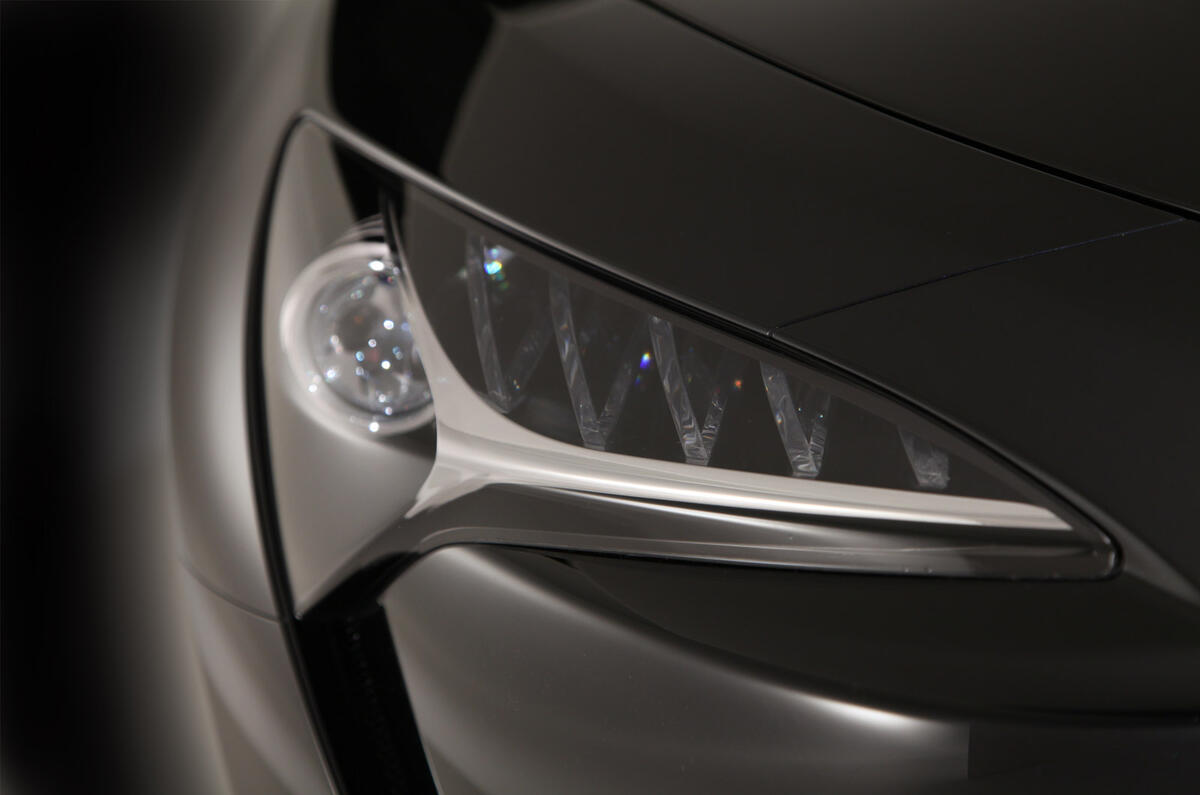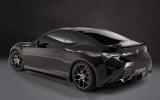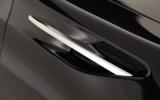The latest Toyota FT-86 concept at last month’s Geneva show is “95 per cent” the production car, according to insiders, accurate in its surfacing, although its 20-inch wheels won’t make production.
The FT has a monocoque structure, carefully engineered with high-strength steels to keep weight low. It is similar in length to an Auris at 4235mm and sits on a generous wheelbase of 2570mm, but it’s only 1270mm high – one good reason for its low centre of gravity.
Toyota is coy about the FT’s kerb weight, but if it truly undercuts the Scirocco by 200kg, it must weigh little more than 1100kg ready to roll – a very impressive figure that rivals will want to investigate.
See Autocar's exclusive studio pics of the Toyota FT-86 II
The engine is basically a 2.0-litre, 16-valve flat four from the Subaru stable but with special modifications to suit this new application. Driving through a six-speed manual gearbox (or a six-speed paddle-shift auto in some markets), the unusual powertrain concentrates its masses considerably lower than an ordinary in-line layout would do, and further back in the car. A standard limited-slip differential further aids traction.
Toyota engineers say the engine produces around 200bhp, but final power, torque and fuel figures are still being derived because this Subaru-sourced engine uses a Toyota direct fuel injection system with Toyota’s own engine management.
What’s more, Toyota’s engine partner, Yamaha, has been involved in its cylinder head design. Although the car will have a sporty character, Toyota chief Akio Toyoda has decreed that this should be a docile, easy-driving engine that should live up to his company’s jealously guarded reputation for fuel efficiency and low CO2 outputs.
Read the full story on the Toyota FT-86
The base model should have 0-60mph acceleration of around seven seconds and a top speed of 140mph, but there has been talk that Toyota might offer lower final drive ratios for sporty applications, and the rumour mill is already abuzz with tales of ‘kitted’ cars with more like 270bhp on tap. Maybe even turbocharged, bewinged versions for big-time racing. Such things would certainly feed the enthusiasms of Toyoda, surely the first Japanese car company chief in history to have raced at the Nürburgring.
The original concept car’s interior, complete with zip-in trim sections, is unlikely to be repeated in production, but designers say the sense of their design – a pared-down treatment that concentrates on the driving essentials for driving and dispenses with distractions – is sure to stay.






















Add your comment